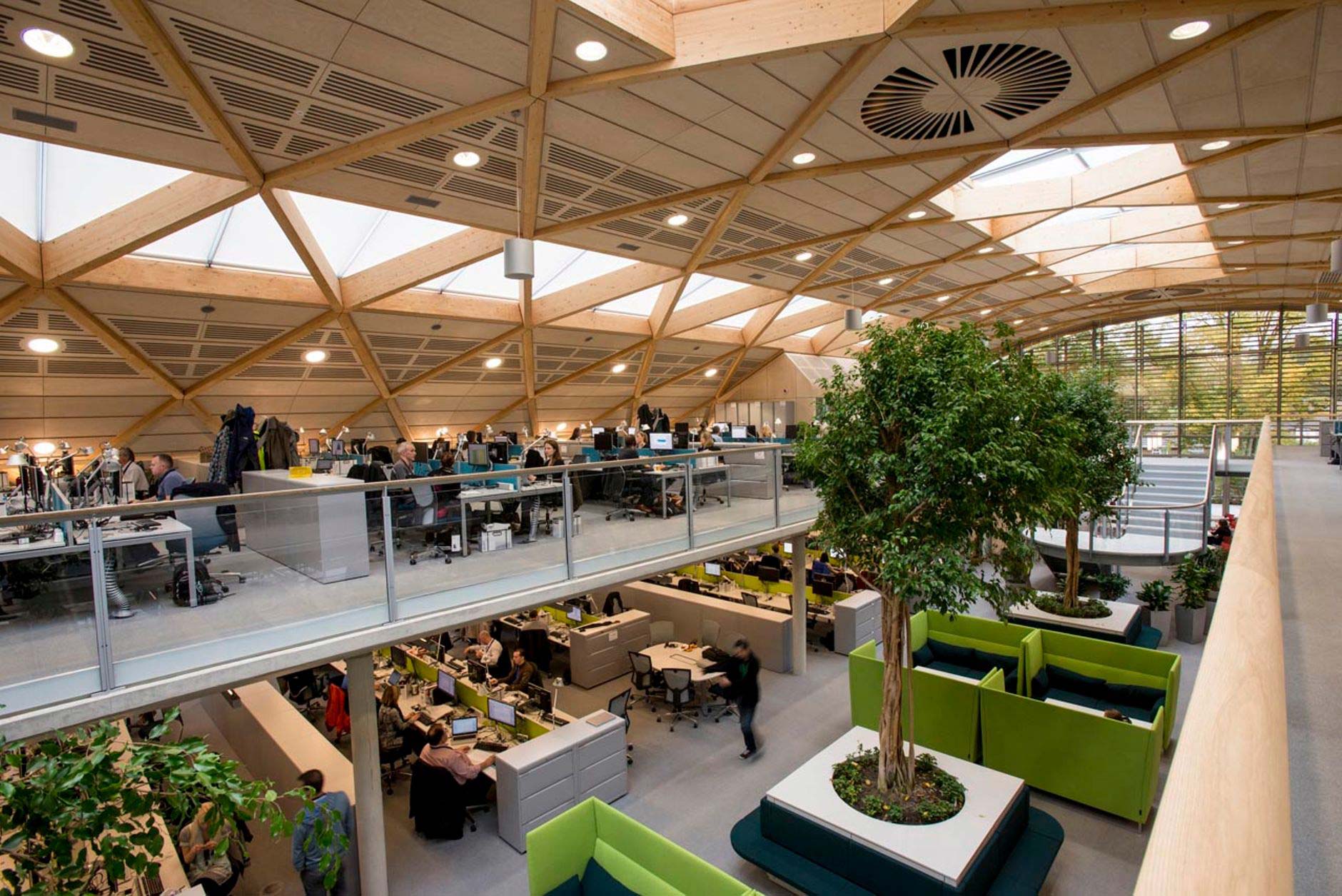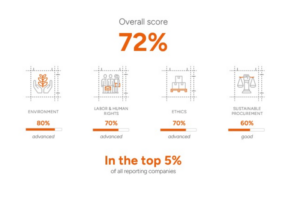Challenges of Adapting Buildings for Tomorrow’s Tech
Proactive smart buildings are the future.
The likes of LiFi are set to vastly improve the mobile connectivity for businesses across the UK, with flexible working also becoming increasingly popular.
With this in mind, how do developers and commercial real estate owners continue to create quality workspaces that meet the needs of the user?
The property industry has a key role to play in future proofing buildings to enable businesses to continue to thrive in this digital age, but construction firms and architects face a range of challenges in doing so.
Let’s take a look at how these challenges can be overcome.
Planning is essential for future proofing
The main challenge is in predicting how buildings will need to adapt for technology that has yet to be developed. Seeking a solution for something that is yet to exist is difficult to conceive.
One solution is for all parties involved in the construction of a new building or the refurbishment / adaption of an existing building, to come together at the very first stage and put in place a plan for future proofing the building.
It isn’t just the shell of the building that requires future proofing but also the infrastructure — which some architects and designers would say is more important now.
The ability for an occupier or landlord to adapt or upgrade a building should be at the core of the plan.
Those involved in the project may face questions such as, if wireless and mobile technology continues to advance, will businesses still require a raft of cabling?
Building Information Modelling (BIM) can assist project stakeholders to calculate how all systems and processes within the building will interact together now and in the future.
This can determine the lifetime use of the building and the infrastructure inside.
Effective information management is important for all businesses, but information management challenges can come in many forms.
Find out more about our Information Management service to help keep your business compliant whilst protecting both your customer and employee data.
Flexibility is the key to the construction of workspace
More businesses are looking for flexible workplaces and the latest technological implementations for further growth, development and collaboration.
Buildings need to be constructed to provide spaces that can easily be reconfigured and expanded, with open source technology platforms installed to allow users to plug in the latest technology, as well as reducing future energy consumption by using a range of energy sources.
The challenge to construction firms is in the longevity of planning and the increased cost of consultation.
But can construction and property firms afford to be left behind when occupiers are willing to pay a higher price for the best workspace and technology?
To attract and retain the best talent, investing in multiple aspects of your workspace by adapting your building to modern needs is essential.
Survival of the fittest in this fast-paced digital landscape
As an industry, we must all accept that designing and future proofing smart buildings is necessary.
Each construction or refurbishment project needs a forward-thinking plan to prevent buildings being left behind and becoming less attractive to potential occupiers and tenants.
We must be advocates for the idea that buildings need to adapt to survive in this fast-paced digital landscape.
Related stories
In this blog, we delve into workplace consultancy, exploring the intricacies of workplace change and space utilisation strategies and their profound implications for businesses.
Sustainability remains a top business priority for Crown in the UK & Ireland and globally; we are therefore delighted to have launched our 2023 UKI Sustainability Report!
Crown are delighted to announce that we have been awarded Gold by EcoVadis in 2024 for the second time, reflecting our commitment to and progress in becoming a responsible business.




















